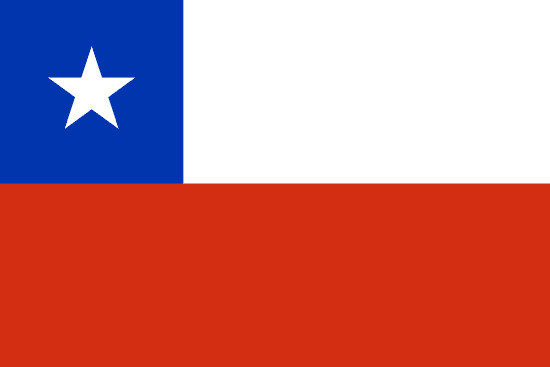"Chile: All Ways Surprising | Chile: All Ways Surprising"
About:
Santiago, Chile, was founded by Spanish Conquistador Pedro de Valdivia in 1541. It faced numerous early challenges, including indigenous resistance and earthquakes. Santiago gradually developed into Chile's administrative, industrial, and cultural center. Following independence in 1818, the city expanded, modernized, and grew in population. The 20th century saw political turmoil, including the 1973 military coup. Despite this, Santiago continued to grow and modernize, becoming a significant global city in the 21st century.
When to visit:
Santiago, the vibrant capital city of Chile, boasts a Mediterranean climate characterized by warm, dry summers and mild, wet winters. For optimal sightseeing and outdoor activities, the best time to visit Santiago is during the summer months of December to February, when the weather is sunny and pleasant. This period allows travelers to explore the city's numerous attractions, such as the historic city center, the bustling markets, and the stunning Andes mountains that provide a picturesque backdrop to the city. Additionally, visiting Santiago during these months coincides with the festive holiday season, offering a unique opportunity to partake in traditional celebrations and experience the local culture.
When to avoid:
Santiago, Chile experiences its peak holiday season during the summer months of December to February, attracting large crowds of tourists and locals alike. As a result, this period can be the worst time to travel to Santiago due to the high demand for accommodations, restaurants, and attractions, leading to inflated prices and limited availability. Additionally, the city can become congested with traffic and long lines at popular landmarks and activities. Travelers seeking a more relaxed and affordable experience may want to consider visiting Santiago during the shoulder seasons of spring (September to November) or fall (March to May).
Winter (Jun–Aug)
Santiago, Chile experiences its coldest and wettest season from June to August, coinciding with winter. Average temperatures range from 3°C to 15°C. Rainfall is highest in June, averaging 85mm, while sunlight hours drop to around 4-5 hours per day. The city is often overcast, with low-hanging clouds obscuring the surrounding mountains. An average day for a visitor would likely involve cool temperatures and damp conditions, with a good chance of rain, especially in June. Despite the gloom, indoor attractions like museums and restaurants remain popular.
"Summer (December–February)"
In Santiago, Chile, the warmest part of the year typically spans from December to March, which is the Southern Hemisphere's summer. During this period, average high temperatures range from 25°C to 30°C (77°F to 86°F), while average lows range from 12°C to 15°C (54°F to 59°F).
Rainfall is scarce during these months, with January and February being the driest months of the year. The summer season is characterized by clear, sunny skies, with an average of 11 to 12 hours of daylight per day.
Humidity levels are relatively low during this time, typically around 50-60%, contributing to the comfort of the warm temperatures. In terms of cloudiness, summer in Santiago is generally clear, with only occasional clouds, particularly in the early morning or late evening.
For a visitor, a typical summer day in Santiago is warm and sunny. Mornings and evenings can be a bit cooler, so light layers are recommended. The low humidity makes the heat comfortable rather than oppressive, and the clear skies provide plenty of sunshine for outdoor activities. Despite the high temperatures in the afternoon, the lack of rainfall makes it an ideal time for sightseeing and exploring the city.
Language:
In Santiago, the most widely spoken language is Spanish, as it is the official language of Chile. However, due to increasing globalization and immigration, other languages such as English, Portuguese, and Haitian Creole are also spoken. Indigenous languages, such as Mapudungun, the language of the Mapuche people, can also be heard, although less frequently.




